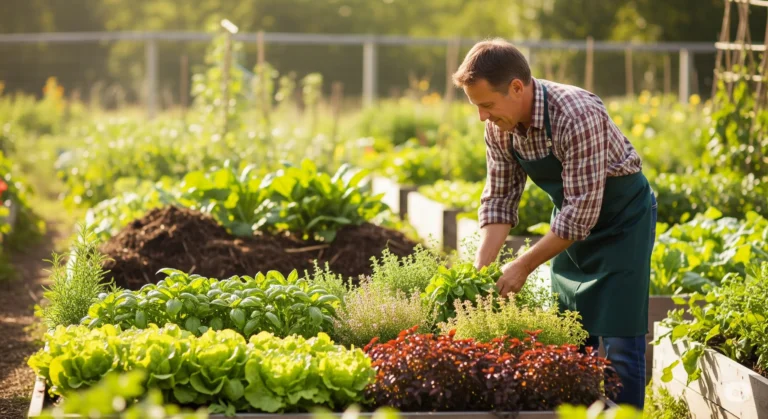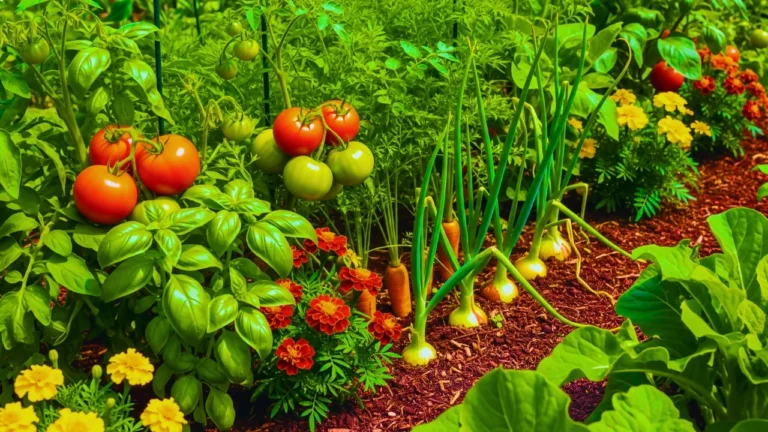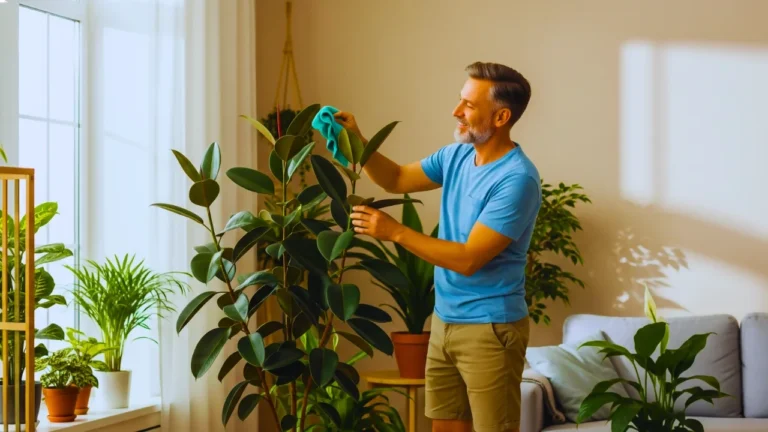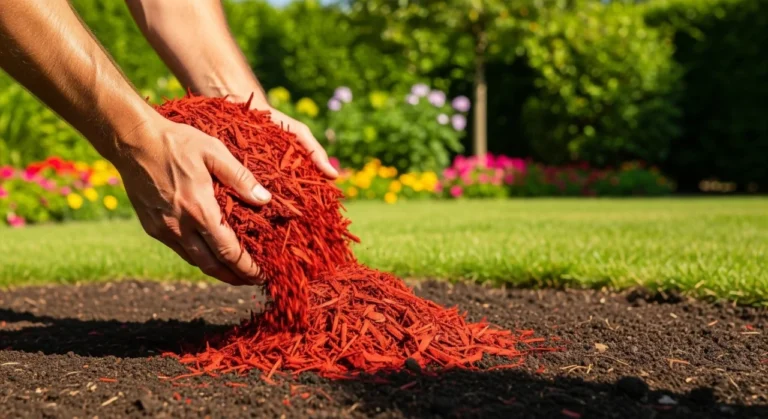How to Make Homemade Fertilizer: 5 Easy Options to Try
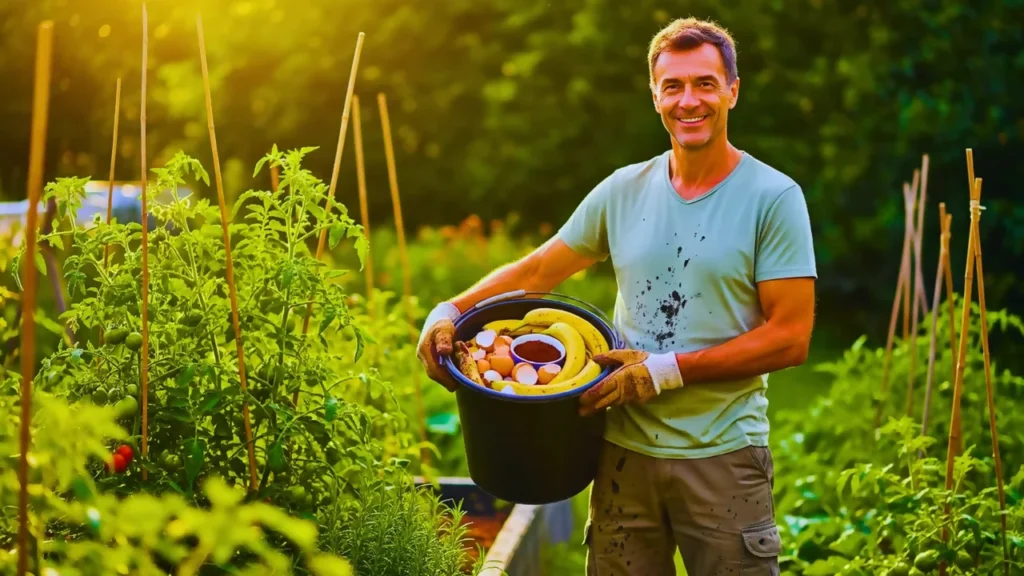
How to Create Your Homemade Fertilizer: 5 Simple Homemade Fertilizer Suggestions
When you fertilize your garden soil, you don’t need to use expensive fertilizing products filled with chemicals. You can get some of the best fertilizers from the kitchen or the backyard. Making homemade fertilizers is easy, inexpensive, and environmentally friendly, and can provide plants with the necessary nutrients for success.
As stated in the University of California Agriculture and Natural Resources 2023 report, organic & homemade fertilizers contribute to soil health by promoting microbial growth as well as increasing nutrient retention in the long term (UCANR, 2023). So let’s get started!
In this post, we provide five easy options for homemade fertilizer, with step-by-step instructions. Whether you are a new gardener, want to practice organic gardening, or just want to try your hand at making homemade fertilizers, these suggestions will help boost your plants naturally and save you money!
1. Compost: Nature’s One-Stop Fertilizer
Composting is one of the most popular and powerful home-made fertilizers. It is made from kitchen scraps, yard waste, and other organic materials that will decompose. The reason that compost is such a powerful fertilizer is that it is a balanced source of nitrogen, phosphorus, and potassium (the three key nutrients that plants need to grow), among other nutrients.
How to make compost:
- Collect organic waste: peelings from fruits, coffee grounds, vegetable scraps, egg shells, and grass clippings.
- Do not add meat, dairy, and oily foods to your compost (these foods will attract pests).
- Use a bin or just a corner of your yard.
- Turn your compost pile every week to aerate the compost.
- After about 2-3 months, the compost should be dark, crumbly, and smell earthy.
How to use compost:
- Incorporate it into the garden soil before planting.
- Apply a layer around the plants during the growing season.
- Include it in container gardening or raised beds.
Composting feeds your plants and also improves the structure of your soil and water retention. It is an excellent step towards truly sustainable gardening for the long term.
Let’s look at how you can enhance your plants even more, with companion planting: [5 Best Companion Plants for a Healthy Garden]
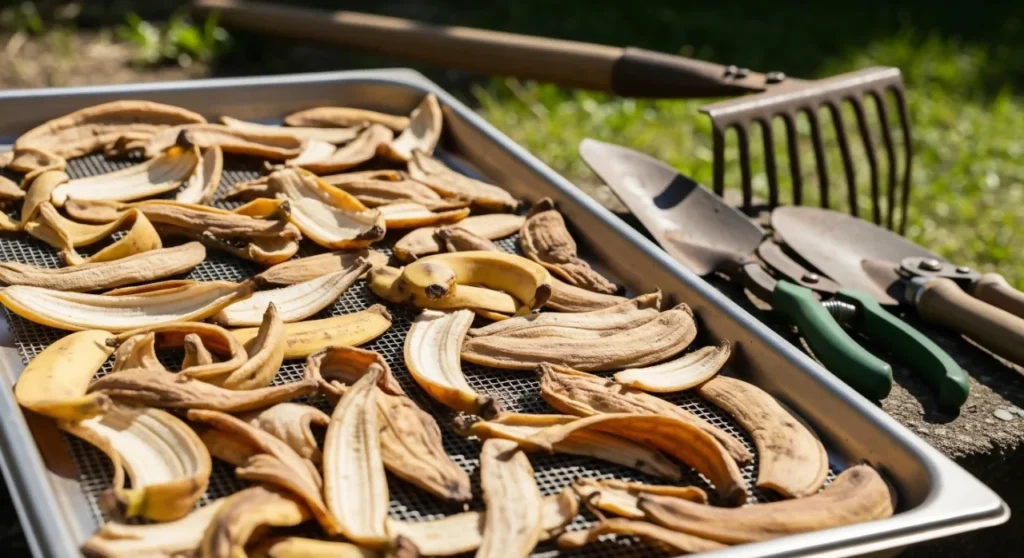
2. Banana Peel Fertilizer: Potassium-rich
Banana peels are full of potassium, calcium, and phosphorus—all of which are important for flowering and fruiting plants. These nutrients will help stiffen plants’ stems, create viable blooming capability, and develop roots.
How to Make It:
- Chop & Bury: Chop banana peels into small pieces and bury the small pieces a few inches below the soil around your plants.
- Soak & Spray: Place chopped peels in a jar of water for 2–3 days and then strain the peels out of the water and use the water as a liquid fertilizer.
- Dry & Grind: Dry the peels and grind them to a powder, and sprinkle them around the base of your plants.
Best Plants to Use this Fertilizer on:
You will get the best results using this fertilizer on tomatoes, peppers, roses, and flowering shrubs. Use banana peel fertilizer approximately once every 2 weeks throughout the growing season.
This method will cost you nothing, won’t take long, and provide your garden with the minerals it has been craving. And if you want to add more nutrients to your seeds, check this out.
Medicinal Seed Kit – Heirloom Seeds for Home Garden!
3. Eggshell Fertilizer: Calcium for Stronger Roots
Eggshells contain calcium carbonate that strengthens cell walls and can help prevent blossom end rot, which especially affects tomatoes and peppers. This raw fertilizer couldn’t be easier to make. Plus, it helps balance acidic soil!
How to Create It:
- Rinse the used eggshells and let them dry.
- You can crush them into smaller pieces, but it’s best to grind them into fine powder using a blender.
- Then, you simply sprinkle the eggshells directly into the soil or add them itocompost.
How to Use It:
- Mix it into the soil before planting.
- Use it as a side dressing near the base of the plants.
- Add it to your watering can and allow it to soak overnight before using.
Eggshell fertilizer works well with tomato plants, squash, and eggplants in particular. Eggshells can also help defend against slugs and snails if spread on top of the soil.
Looking for a complete home gardening tool kit? Check this one out:
Buy On Amazon – Gardening Essentials Kit
4. Grass Clipping Tea: A Nitrogen Boost
Fresh grass clippings are rich in nitrogen and great for leafy growth. When made into a “tea,” it serves as a quick-absorbing liquid fertilizer good for all green plants and veggies.
How to Make:
- Fill a 5-gallon bucket with fresh grass clippings about 1/3 of the way full.
- Add water to the top and steep for 3-5 days.
- Stir every day. Strain and use the liquid to water your plants.
How to use:
- Use at the base of your plants every other week.
- Don’t spray on the leaves on super hot, sunny days to avoid burning.
This nitrogen-rich liquid encourages lush foliage and rapid growth, particularly during the spring and summer. This product will work best on leafy crops, such as spinach, lettuce, and kale, and any herb types.
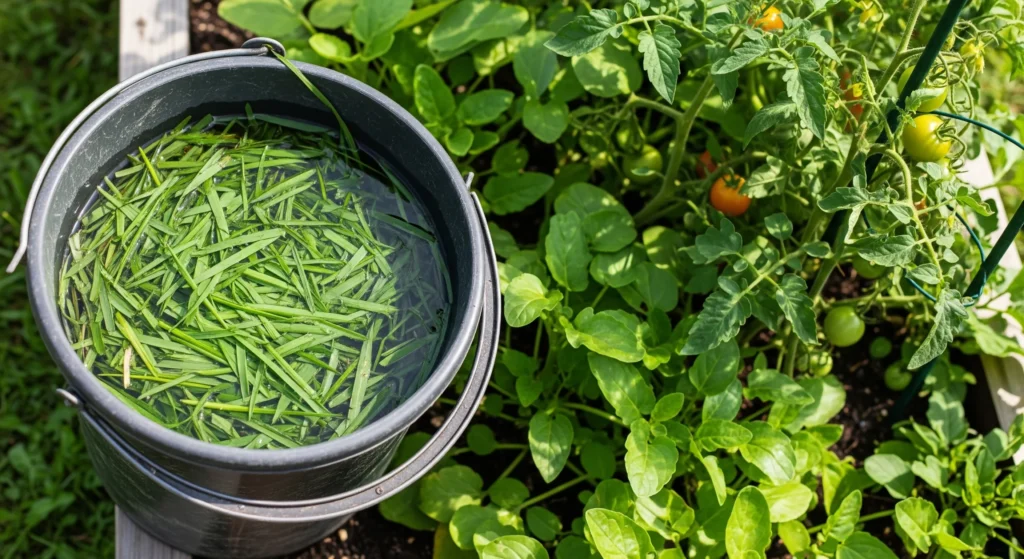
5. Coffee Grounds: A Well-Equilibrated Soil Additive
Used coffee grounds are a gentle nitrogen additive that also contains traces of potassium and phosphorus. They improve soil structure and support beneficial earthworms.
How to Apply:
- First, dry out the coffee grounds so that mold doesn’t form on them.
- Topdress the soil with the coffee grounds or mix them with compost.
- Use with caution; if you add too many coffee grounds, you will have acidic soil.
Ideal Uses:
Acid-loving plants like blueberries, azaleas, roses, and hydrangeas will love coffee grounds. You can apply this fertilizer every 2–3 weeks.
Pro Tip: Don’t apply too many coffee grounds. Mixing coffee grounds with other organic materials will make it easier to balance the pH level. Composting coffee grounds with banana peels or eggshells will provide a well-rounded mix.
Frequently Asked Questions
- How frequently should I apply homemade fertilizer?
Almost all homemade fertilizers should be used every 2–4 weeks, according to the plant and method used. Liquid types, such as grass tea, will typically work more frequently, while compost is not used as frequently. - Is homemade fertilizer safe for all plants?
Yes, but I always say, too much of a good thing is bad! You should monitor the plants’ responses, especially for acidic materials like coffee grounds. Be careful when running new fertilizers, and always test a few plants first and manage your expectations. - Is it okay to mix different homemade fertilizers?
Definitely! Mixing layers of compost with banana peels or mixing compost and eggshell powder to provide a more balanced nutrient mix. It’s a great way to give your plants a complete spread of nutrients.
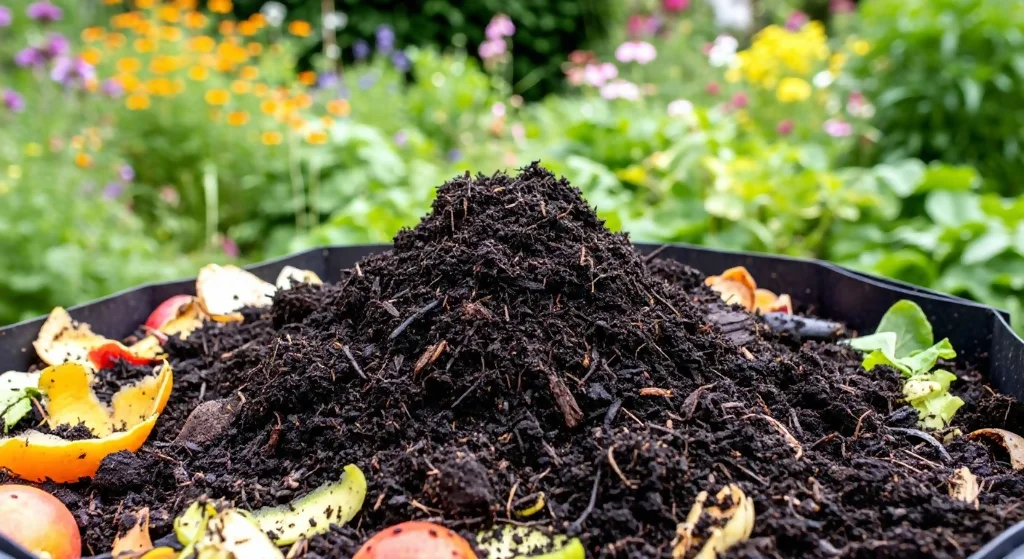
Conclusion
Creating homemade fertilizer is one of the easiest and most fulfilling activities that can be done for your garden. It cuts down on waste, saves money, and feeds your plants naturally. Compost, banana peels, and coffee grounds are a few of the resources we have provided in this article to help feed your soil.
These fertilizers may help with growth; however, they also contribute to the overall health of your garden and build better and healthier soil over the long term. As you expand your experience with the various methods mentioned here, try mixing different methods to see what works best for your plants! Gardening is an adventure, and we know your plants will reward you with a bounty of blooms and growth when you try these homemade methods of feeding your garden.
If this blog post has helped you out, you can help us out by sharing it with fellow gardeners! Don’t forget to check out our related article on Companion Plants for other natural ways to improve your garden’s health!

